Disclaimer: Contractors.com is not receiving any type of compensation for reviewing any of the products mentioned in this article.
For much of the past century, horror movies have made use of the haunted house archetype in an effort to evoke dread in audiences. It is the cornerstone of any horror movie set to manifest fear and support the plot in doing so. How we experience our surroundings is a key factor in how we identify ourselves, and our direct environment is partially responsible for instilling certain emotions in us. Fear, in particular, is brought on by a sense of uncertainty and looming danger.
The context of architecture has shifted in how it appears in motion pictures of the horror genre. While earlier horror movies made use of Gothic architecture to induce fear, recent films employ the vulnerability that comes with more modern settings.
A Quick Look into the History of Horror Movie Architecture
Starting from the Gothic style, houses in horror movies have passed through a handful of architectural types before evolving into modernism. The most recurring styles, however, typically involve the common suburban house or the creepy countryside cabin.
The Classic Archetype
The portrayal of horror houses has changed significantly over time. Gothic features and creaking stairways were as integral to the plot as the antagonists, if not more. When you think about it, terror isn’t something you always see or touch. It’s often out of plain sight — hiding somewhere in a dark basement or under the bed. Architecture, on the other hand, is always there. And in a sense, it alludes to the impending terror.
Although more of a comedy movie, The Addams Family house is an ideal example of the classic horror trope. You’ll instantly notice the towering Gothic profile, ominous attics, dark basements, and clocks ticking towards the hour of doom. Throughout the past couple of decades, however, we have seen a radical shift in horror movie architecture. Instead of dark sinister hallways and dusty wrought iron chandeliers, we now see open concept rooms and glass exterior walls — and the occasional modern gothic design.
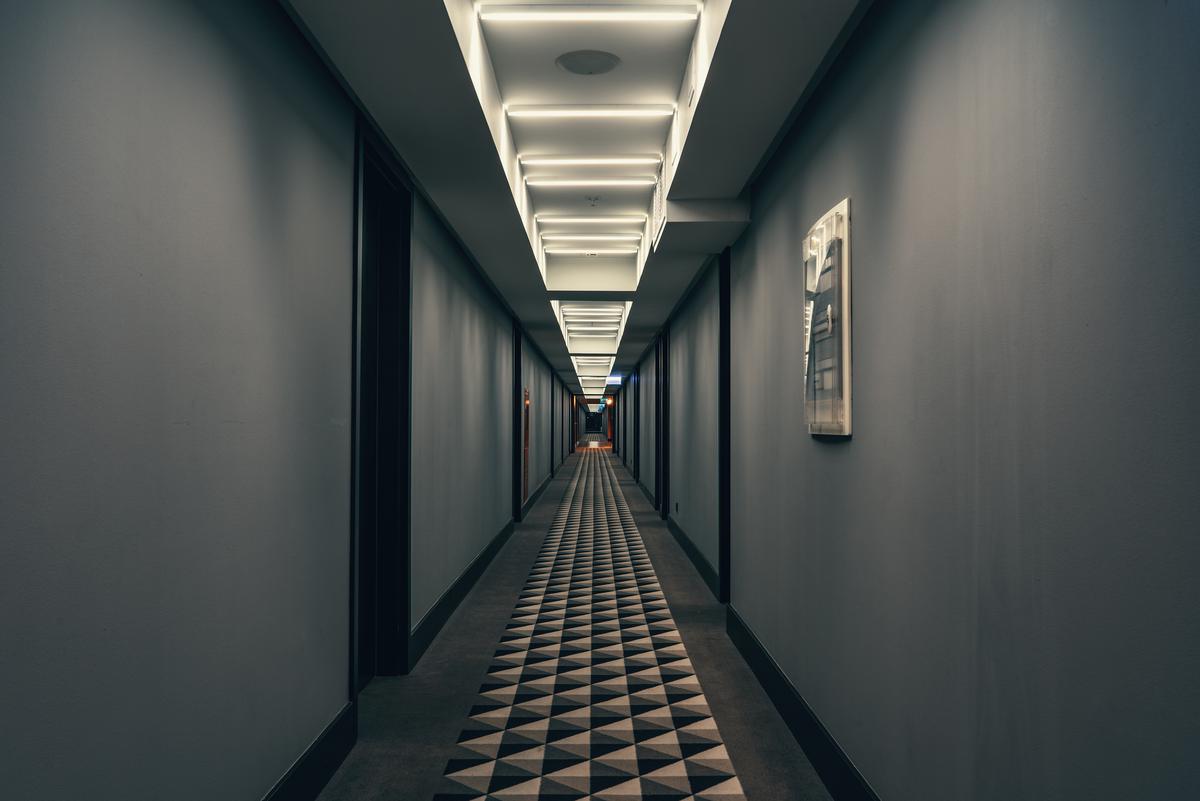
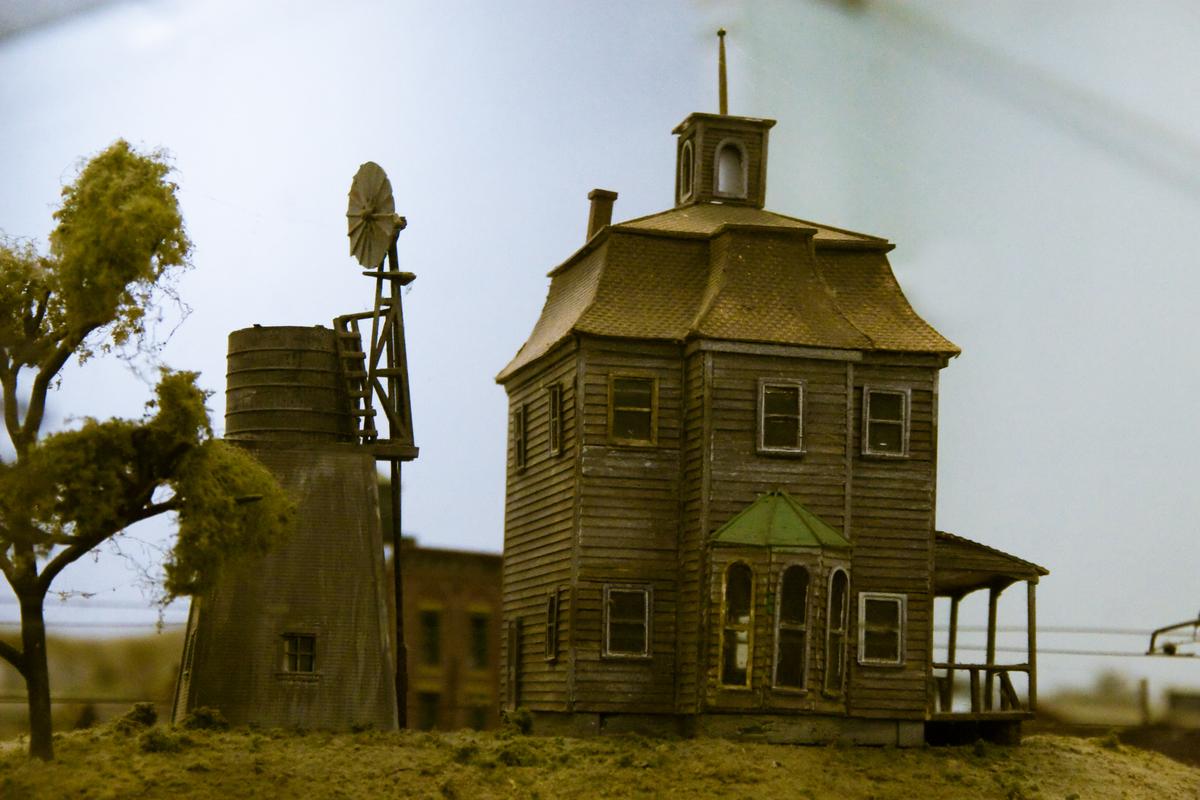
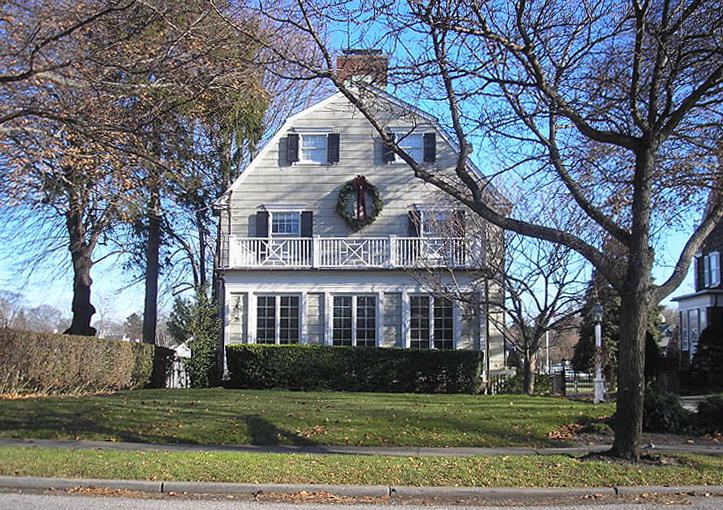
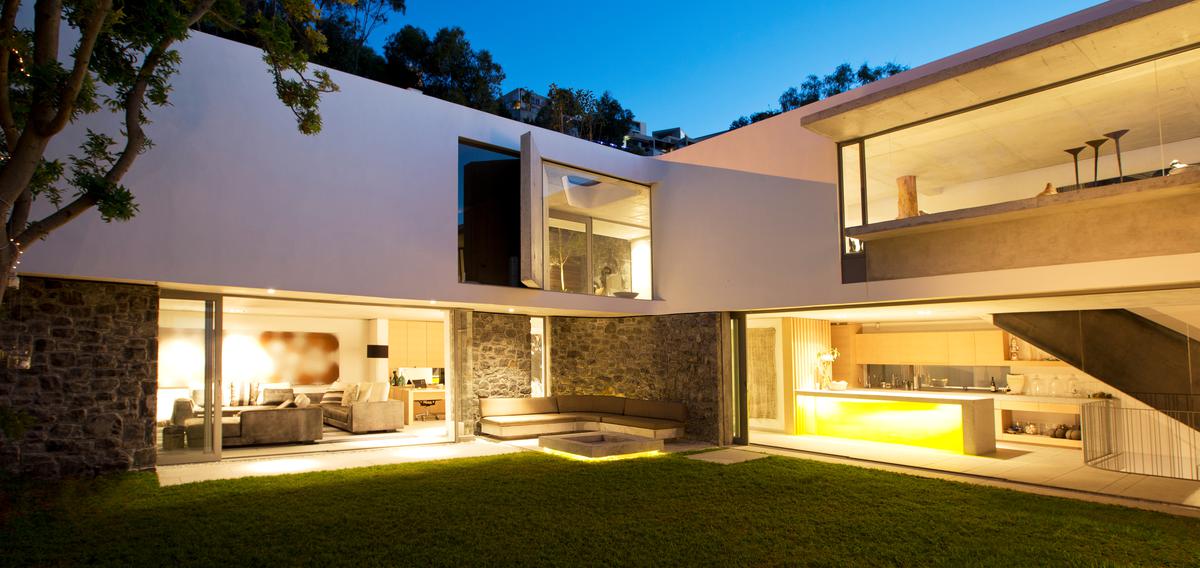
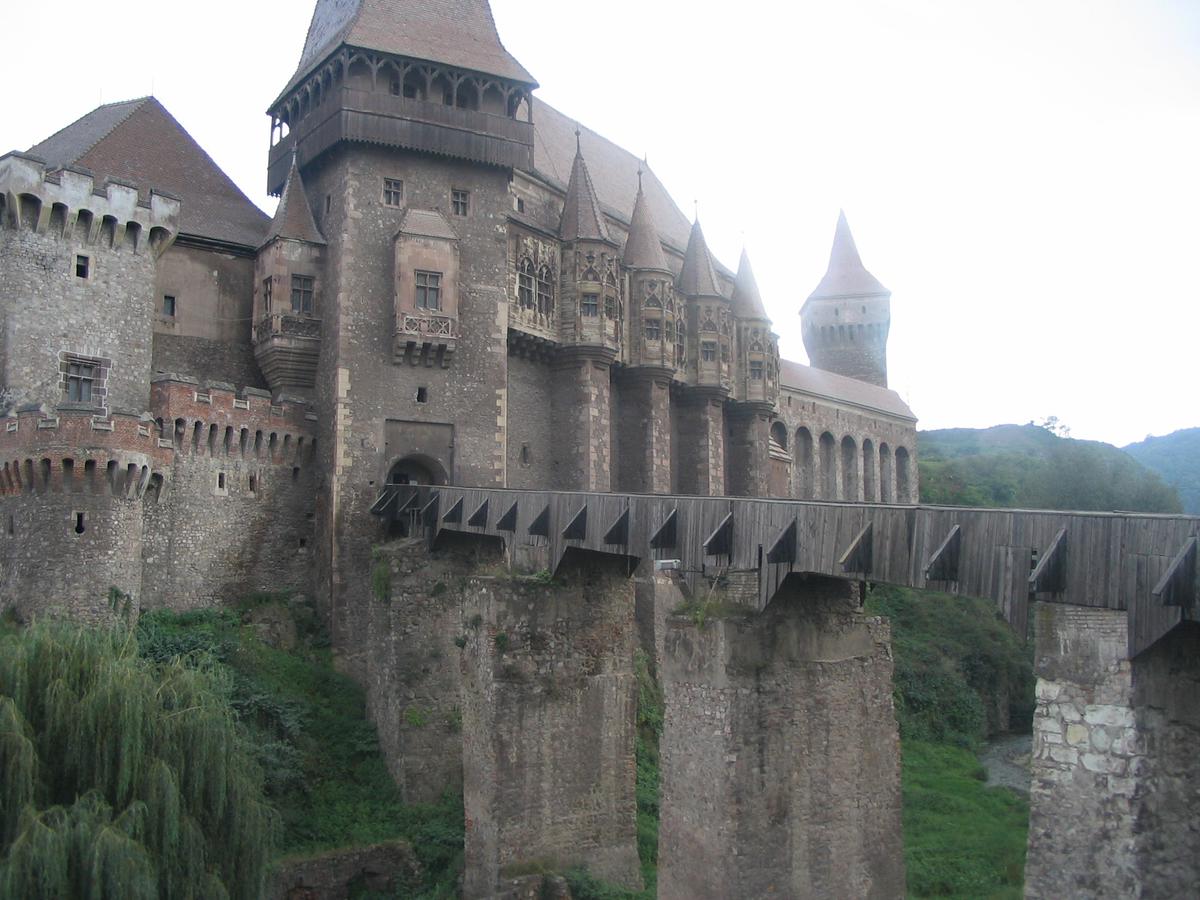
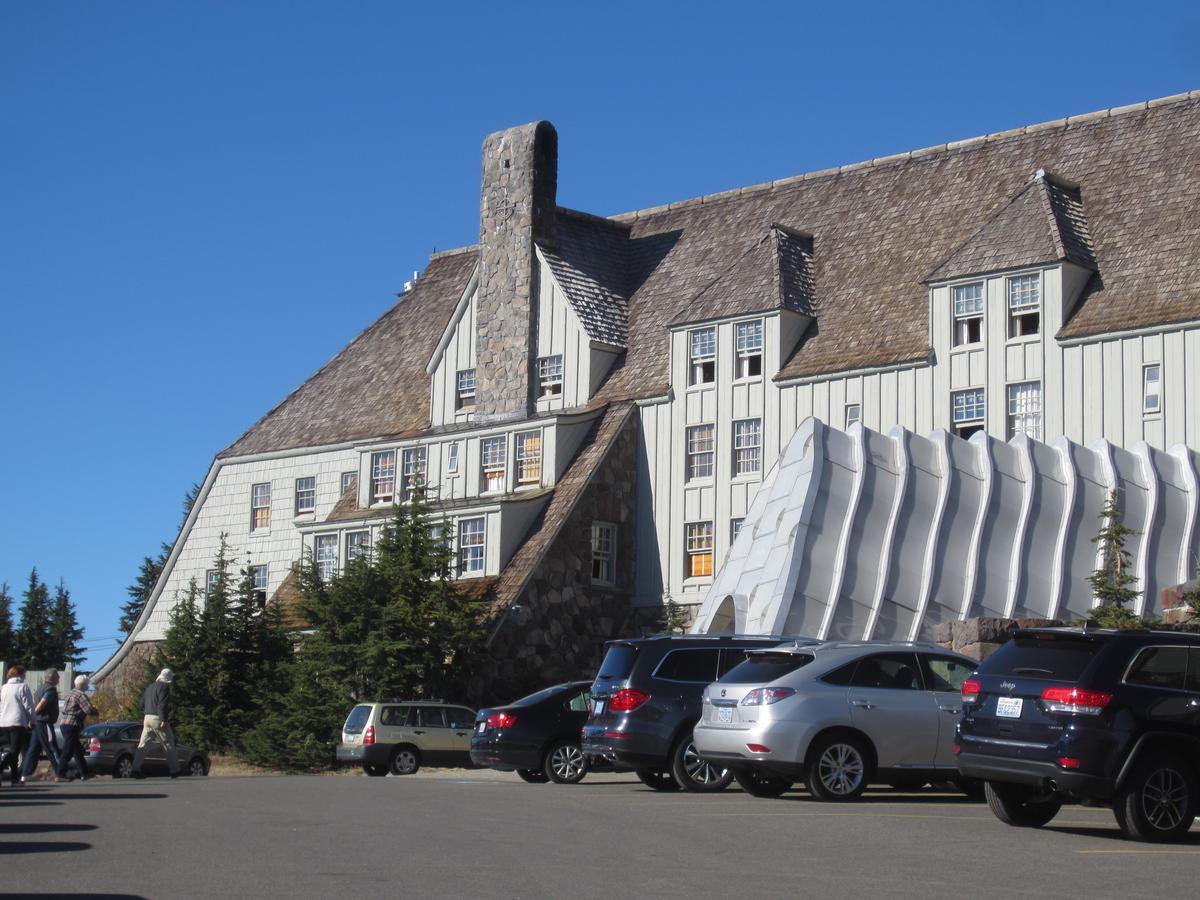
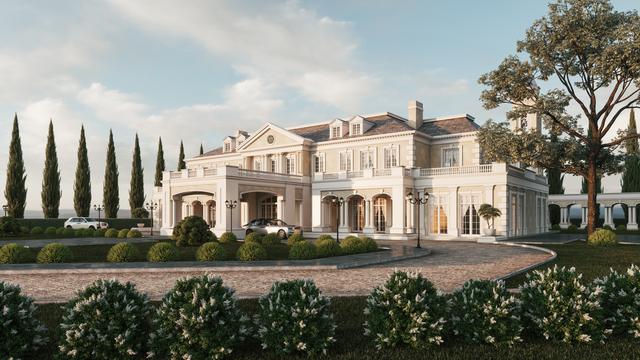
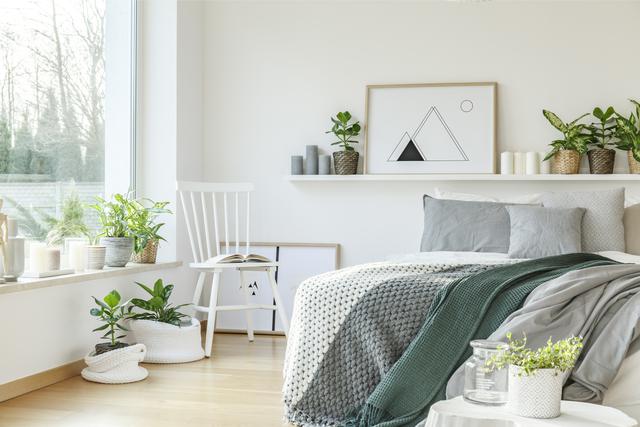
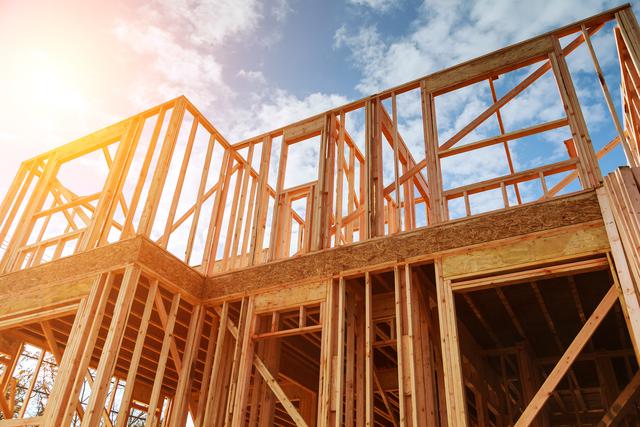
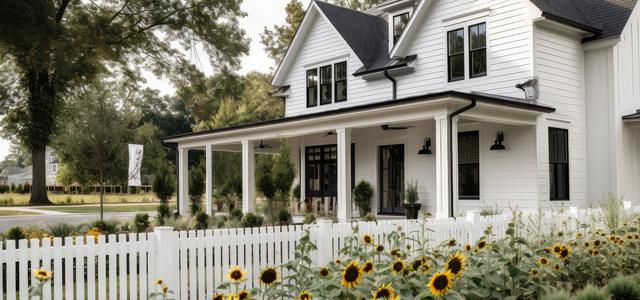
comments